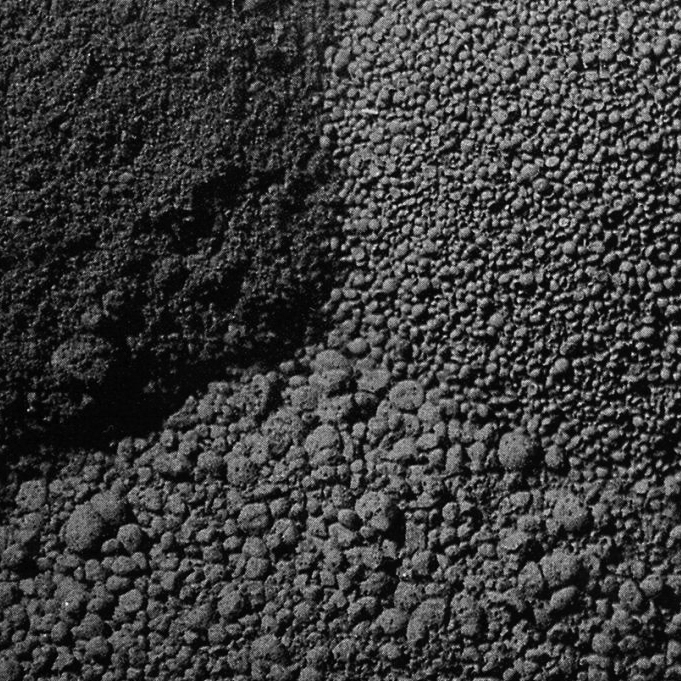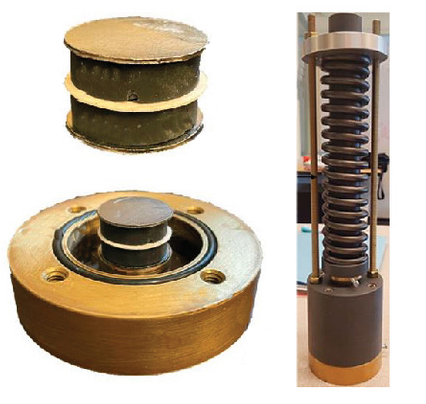Sources: Massachusetts Institute of Technology, Cambridge; CP staff

An investigation based at Massachusetts Institute of Technology has revealed the potential of portland cement, water and carbon black, a common industrial mineral resembling ultrafine charcoal, to create a supercapacitor material suited to low-cost storage of energy derived from solar, wind and tidal power sources. MIT and Harvard University researchers see the possibility of their material eventually incorporated into residential concrete foundations, where up to a full day’s worth of power could be stored, or in concrete pavement for contactless electric vehicle battery recharging.
They describe their work in “Carbon-cement supercapacitors as scalable bulk energy storage solution,” published in the Proceedings of the National Academy of Sciences. Key to their concept is a composite with extremely high internal surface area attributable to a dense, interconnected network of conductive material. In the presence of portland cement and carbon black, water forms a branching network of openings; extraordinary surface area emerges as larger branches perpetually sprouting smaller ones. Introduction of a standard electrolyte material such as potassium chloride provides charged particles that accumulate on the carbon structures.

“Hydration reactions of cement in the presence of carbon generate a fractal-like electron-conducting carbon network that permeates the load-bearing cement-based matrix. The energy storage capacity of this space-filling carbon black network of the high specific surface area accessible to charge storage is shown to be an intensive quantity,” MIT and Harvard researchers observe. “The availability, versatility, and scalability of these carbon-cement supercapacitors opens a horizon for the design of multifunctional structures that leverage high energy storage capacity, high-rate charge/discharge capabilities, and structural strength for residential and industrial applications.”
Combining cement and carbon black in a specific manner yields a conductive nanocomposite, notes MIT Department of Civil and Environmental Engineering’s Admir Masic. As the mixture sets and cures, he says, “The water is systematically consumed through cement hydration reactions, and this hydration fundamentally affects nanoparticles of carbon because they are hydrophobic (water repelling).” As the mixture evolves, he adds, “the carbon black is self-assembling into a connected conductive wire.”
The investigation behind “Carbon-cement supercapacitors” drew support from the MIT-hosted Concrete Sustainability Hub, a partnership of the Portland Cement Association and the National Ready Mixed Concrete Association-aligned Concrete Advancement Foundation.